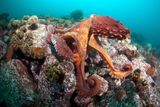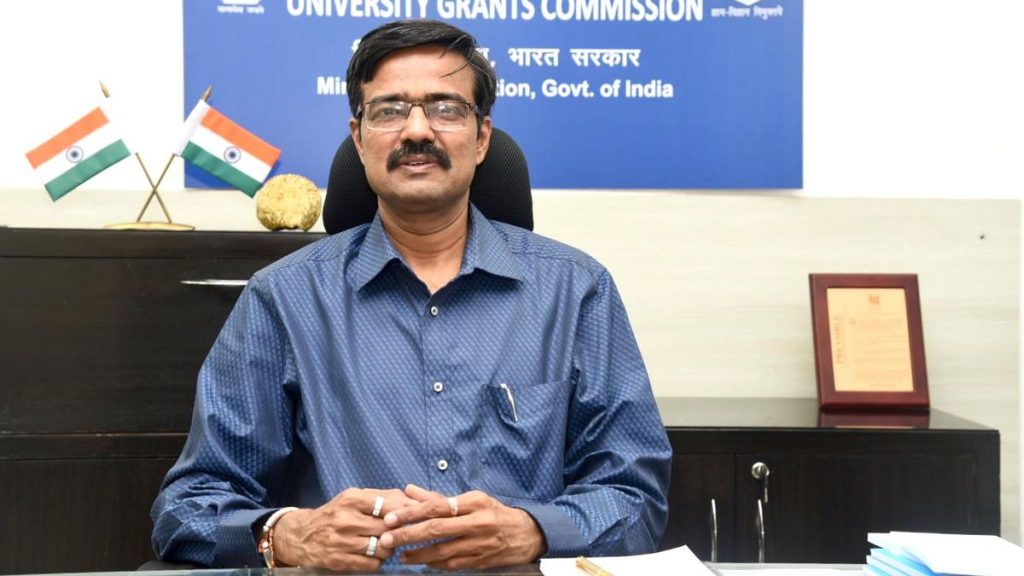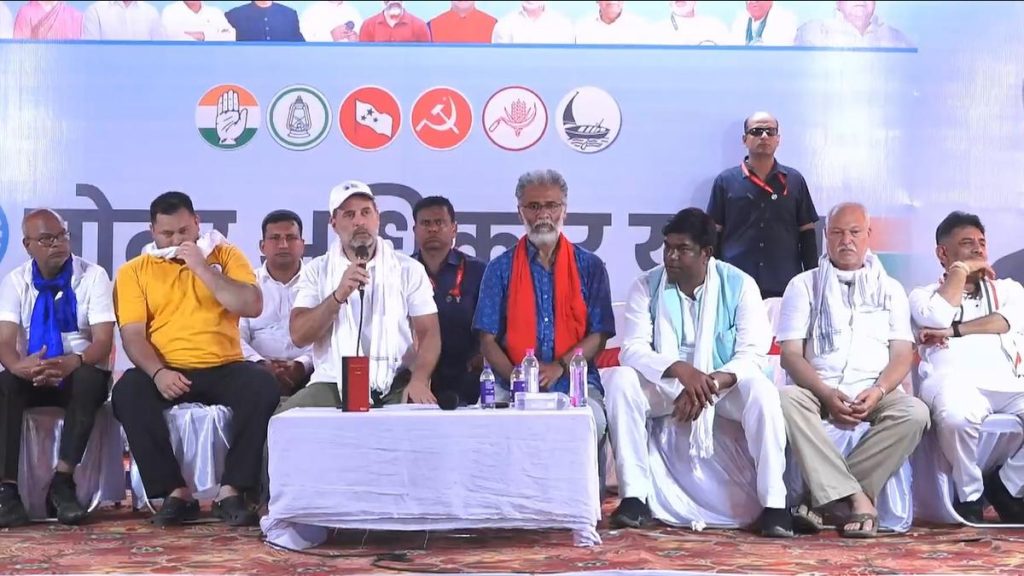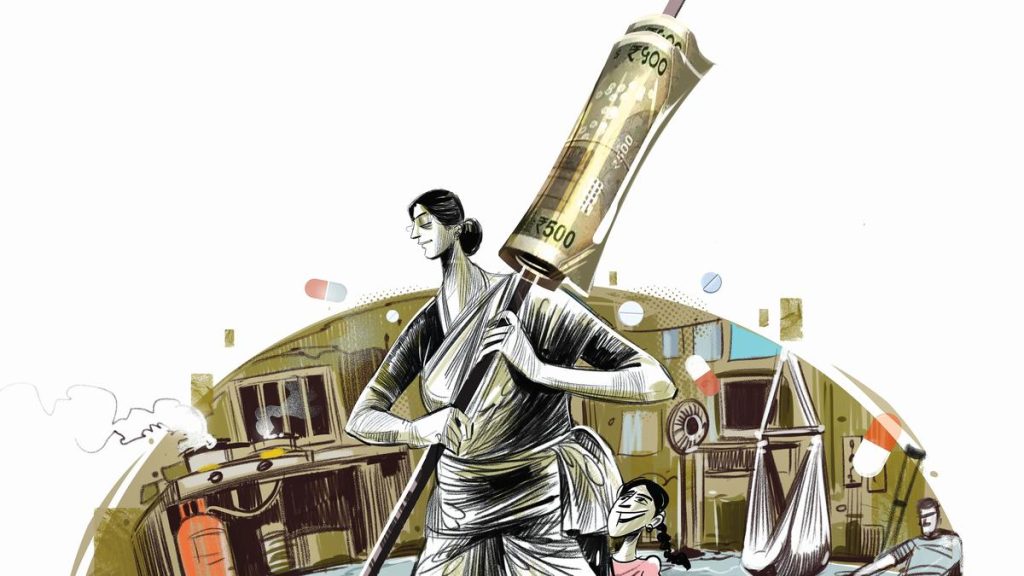Now Reading: Octopus Arms Display Remarkable Strength, Lifting 100 Times Their Own Weight
-
01
Octopus Arms Display Remarkable Strength, Lifting 100 Times Their Own Weight
Octopus Arms Display Remarkable Strength, Lifting 100 Times Their Own Weight

Quick Summary
- Octopus Arms: Octopuses possess eight arms lined with suction cups, allowing them to lift heavy objects (each sucker can lift 30 pounds) and perform tasks requiring significant strength and dexterity.
- Strength and Flexibility: Giant Pacific octopuses (GPOs) can pull up to 100 times their body weight in water, using their suckers for hunting prey like crabs, clams, and mussels. Their segmented axial nerve cords enable autonomous movement of each sucker.
- Behavioral Observations: In the Red Sea,researchers observed a day octopus punching a group of slacking fish partners during hunts with cooperative species like blue goatfish.
- Regenerative Abilities: Octopuses regrow injured limbs within months. For species such as GPOs, a third of an arm can regenerate in six weeks.
- Short Lifespan: Most octopuses live only three to four years due to rapid growth cycles. Captive GPOs exhibit growth rates that increase their weight by up to 60 pounds within a year.
Read More: Octopus Arms Can Punch, Lift-and Sometimes Pull 100 Times the Sea Creature’s Own Weight
Indian Opinion Analysis
The study of octopus arms highlights remarkable biological adaptations that align with evolutionary efficiency. This research contributes significantly not only towards understanding marine biodiversity but also opens avenues for biomimicry applications where technology inspired by nature could address human challenges-such as developing grippy materials or underwater tools shaped after cephalopod mechanics.For India specifically,enhancing comparative studies on adaptive mechanisms in native aquatic life could foster innovation in fields like robotics or sustainable fisheries management while emphasizing ocean health preservation amidst climate change threats. Further collaborative marine research might also strengthen India’s position globally as an advocate for environmental consciousness tied intricately into regional ecosystems.























